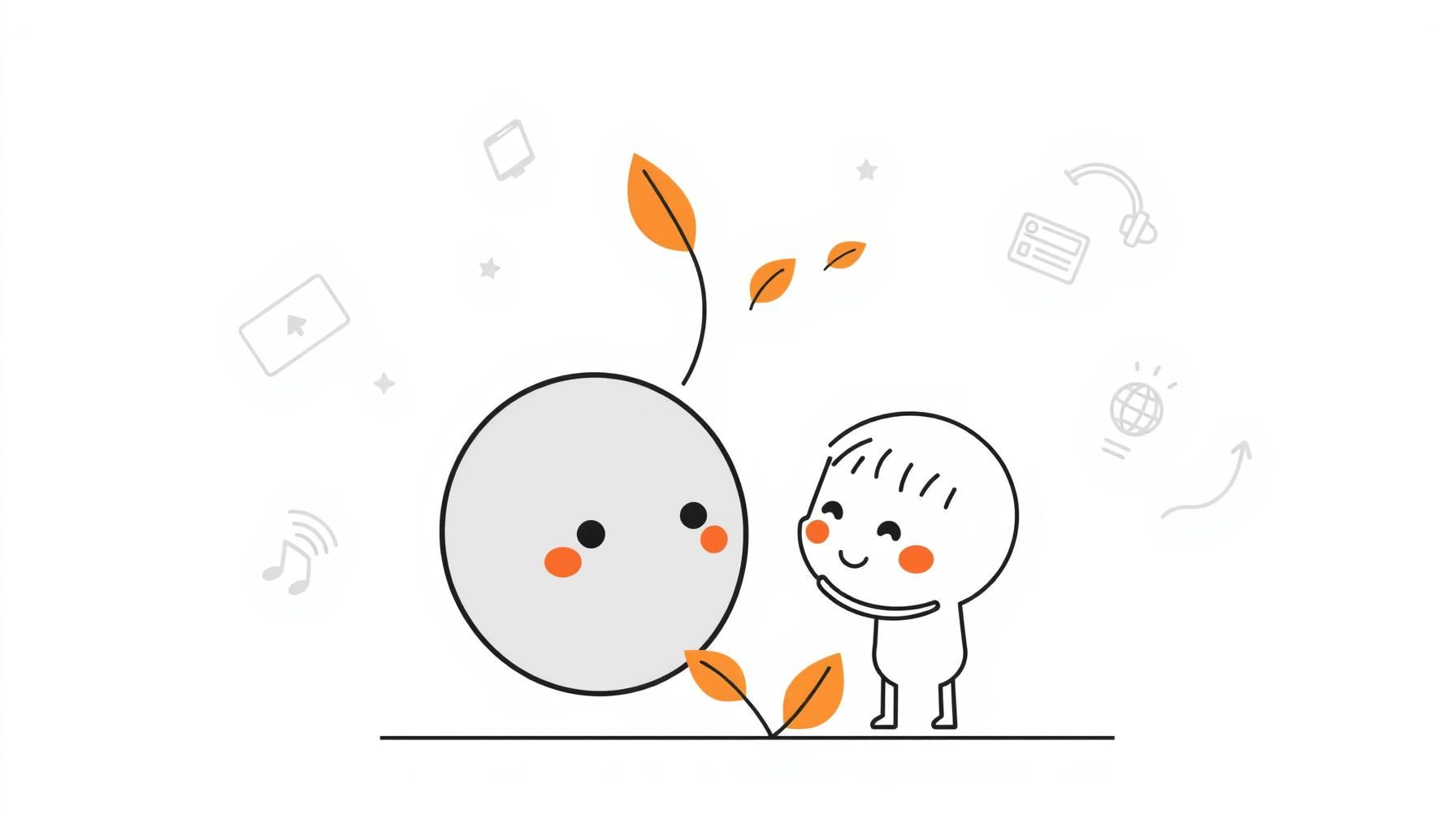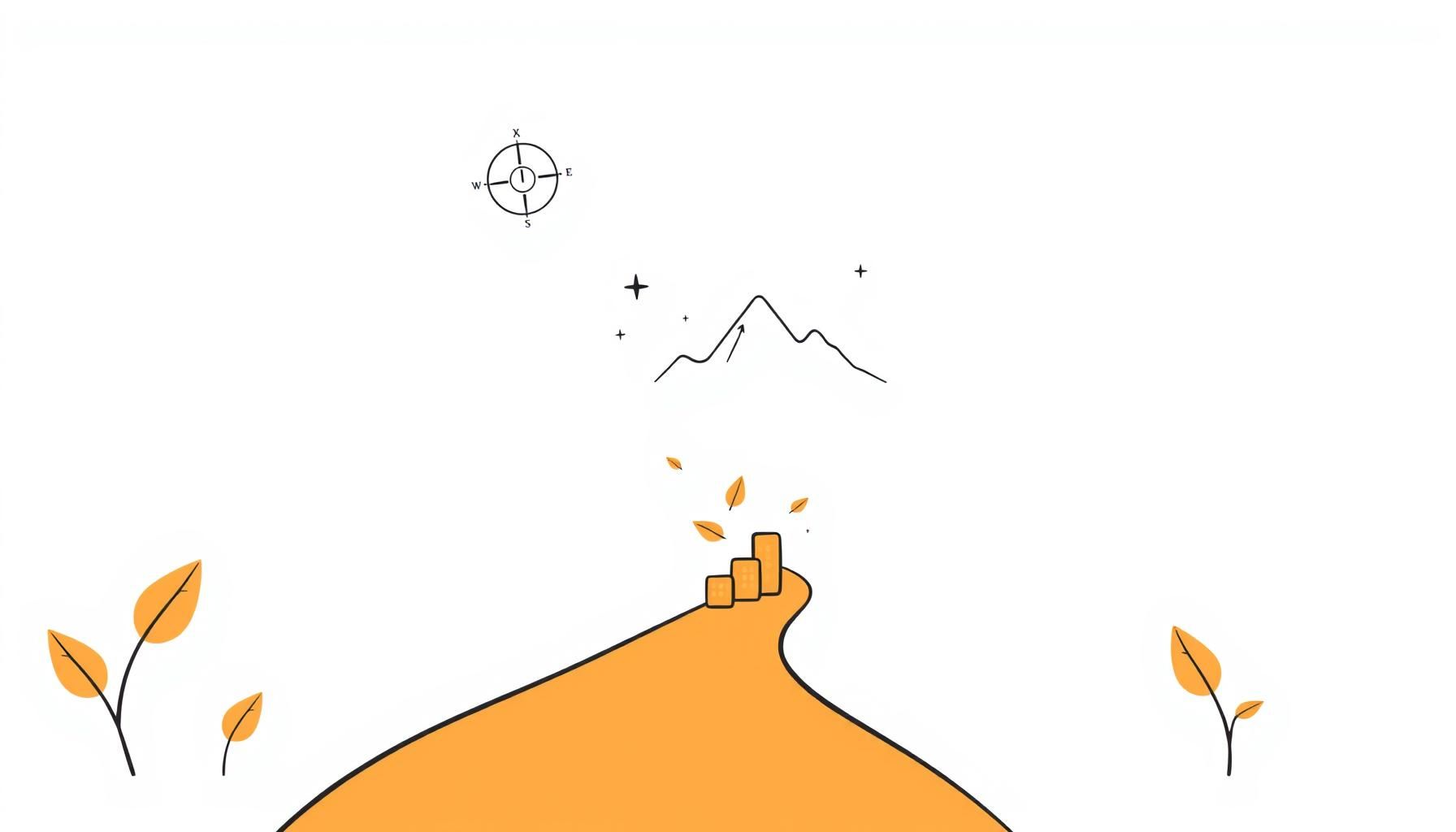
Ever felt that parenting tug-of-war between wonder and worry? The sun blazes down—a perfect playground afternoon. Kids zigzag with joyful chaos! Now imagine a robot playing tag with them. This is the trust challenge our kids face, resembling researcher Haimin Hu’s work on human-centered autonomy. His concept builds systems understanding, adapting, working alongside us—and our kids. We need this conversation about trustworthy technology and collaboration.
How Can Tech and Kids Learn to Move Together?

Haimin Hu talks about creating “trustworthy human–robot interaction,” and honestly, it sounds a lot like teaching a child a new skill. Think about that moment you first let go of the bicycle seat. You don’t just push and hope for the best! You jog alongside, your hands hovering, ready to steady them. You’re learning their wobbles, their rhythm, their moments of hesitation. You’re in a constant feedback loop. Hu’s research points to a similar idea for technology: Let’s get real: tech must evolve WITH us, learning our rhythms as we go! It’s a dance of co-adaptation!
This is HUGE for us as parents! We’re not just handing our kids a device; we’re introducing them to a future collaborator. How can we encourage this kind of partnership? It starts with mindset. Instead of seeing these smart tools as just passive entertainers or encyclopedias, what if we framed them as creative partners? Imagine an art app suggesting wild color combos based on a child’s previous creations, sparking an idea they never would have had alone. Or a storytelling tool that helps a child build a narrative, learning their unique voice and helping them “refine existing skills,” as Hu puts it. We’re moving from a world of tools to a world of teammates, and that requires a whole new level of mutual understanding and, most of all, trust.
My kid once asked if Alexa feels lonely when we’re not talking to her—got me thinking!
How Safe Is Safe Enough for Parenting with Tech?

This co-adaptation leads us to consider safety boundaries—both physical and digital.
In his interview, Haimin Hu asks a question that resonates deep in the soul of every parent: “How safe is safe enough when humans might behave in arbitrary ways?” WOW. He was talking about self-driving cars and unpredictable cyclists, but isn’t that the very question we grapple with every single day? At the park, on the internet, at a friend’s house—we are constantly calculating this risk. We know that wrapping our kids in bubble wrap isn’t the answer. A life without scraped knees is a life without the thrill of climbing higher.
Hu’s work explores this tension between safety and efficiency. An autonomous car that stops for every shadow would be incredibly safe but utterly useless. It has to learn to make intelligent, nuanced decisions. This is our job, too! We can’t simply block every corner of the digital world. Instead, we have to build what Hu might call safety nets we both trust right into our kids’ own operating systems. This means open conversations about online kindness—rooted in the compassion we want to nurture in our children—setting clear boundaries together, and teaching them how to spot and navigate digital ‘shadows.’ It’s about empowering them to move through their world—both physical and digital—with confident awareness, not paralyzing fear.
Maybe instead of just tidying generic toys, try something special: “How would your robot teammate need to understand our family to be really helpful? Should it know about special treasures like helping with a kimchi-making session—what goes where and when it’s time to clean up?” It makes it personal and meaningful!
How Do We Align Future Tech with Kids’ Values?

The most electrifying part of Haimin Hu’s vision is the goal of creating autonomous systems that “actively align with their human peers and enjoy verifiable safety assurances.” YES! This is about ensuring technology is built to serve human values—empathy, creativity, connection—not the other way around. It’s about building tech that is attuned to our “human cognitive limitations,” meaning it works with how our brains actually work, rather than demanding we contort ourselves to fit the machine.
How do we prepare our kids for this future? By doubling down on the very things that make us human! We can nurture their curiosity so they ask why a tool works the way it does. We can foster deep empathy so they consider the impact of technology on others. We can champion creativity, problem-solving, and collaboration—skills that will always be essential, no matter how smart our tech gets. Think about it: the best collaborator isn’t just the one with all the answers; it’s the one who asks the best questions, listens deeply, and brings a unique perspective to the team.
Remember that bike analogy we talked about earlier? Well, tech’s our new training wheels! We’re there to steady them while they figure out their balance.
What Role Do We Play in Tech and Kids’ Co-Evolution?

Reading about Haimin Hu’s work leaves me buzzing with hope. He and researchers like him are laying the technical foundations for a future where technology can be a trustworthy partner. But the social and emotional foundations? That’s on us. We are the ones who will guide the first generation of true digital natives in this new world of co-evolution. Our role isn’t just to be gatekeepers, but to be thoughtful guides, helping our children learn how to dance with these new partners.
It encourages us to pause and reflect: are we teaching our kids to be passive consumers of technology, or active, discerning collaborators? Are we modeling a relationship with our own devices that’s built on purpose and balance, or distraction and dependence? The future isn’t something that just happens to us. It’s something we are all building, one conversation, one boundary, one shared moment of discovery at a time. And that, to me, is the most exciting journey of all.
Source: Interview with Haimin Hu: Game-theoretic integration of safety, interaction and learning for human-centered autonomy, Robohub, 2025-08-21 07:54:56
